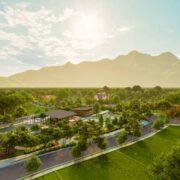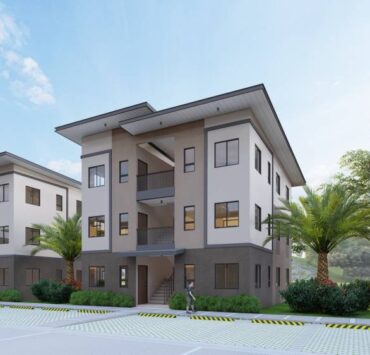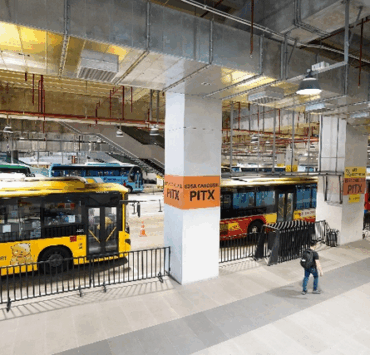A constantly burgeoning and evolving real estate corridor

The Cavite-Laguna-Batangas (CALABA) corridor in South Luzon is one of the most competitive hubs in the country, enticing not only industrial players but also a wide range of support industries. The strong investment appetite in the region is, of course, fueled by improving infrastructure connectivity.
The sustained optimism and this thriving vibrancy have since been driving property developers to continue building and differentiating in this area.
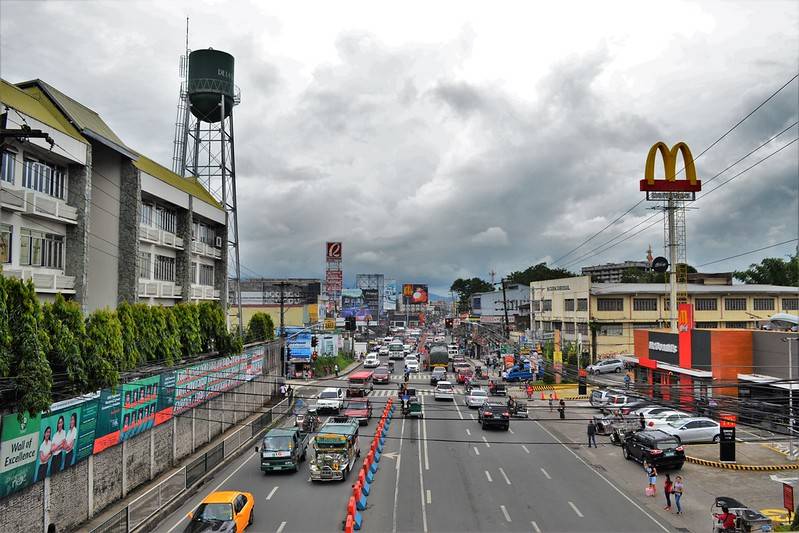
Economic and property growth corridor
Colliers believes that the CALABA corridor remains an attractive option among investors and end-users who plan to live and invest in less dense communities, especially given its proximity to Metro Manila.
In Laguna, for example, Colliers notes that the entry of national players is driving property prices higher. This is likely to encourage more developers to test the market with more upscale and luxury projects.
This growing residential demand should be supported by the completion of major infrastructure projects such as the North-South Commuter Railway, NLEx-SLEx Connector Road, and Cavite-Laguna Expressway (CALAx).
The South Commuter Railway is a 55-km project connecting Metro Manila to Laguna. About 600,000 passengers are expected to be served daily by the railway and will provide less than two hours of end-to-end travel time. The NLEx-SLEx Connector Road connects C3 Road in Caloocan to PUP Manila and Skyway Stage3, while the four-lane CALAx connects Manila-Cavite Expressway (Cavitex) and South Luzon Expressway (SLEx).
Residential demand is expected to be further supported by the continued expansion of industrial activities.
Take-up of industrial space is heavily driven by manufacturing companies, particularly those engaged in electronics and packaging. More high value foreign manufacturing locators continue to set up facilities in the region and this should have a positive impact on the demand for residential properties, either for investment or end-use.
Horizontal is unequivocal
Horizontal projects remain attractive especially those in CALABA.
Lot-only offerings within masterplanned communities recorded strong price appreciation, ranging between 7 percent and 8 percent, from 2016 to 2024.
The steady inflow of remittances ensures stable demand for residential end-use. It helps that South Luzon accounts for nearly a fifth of deployed Filipinos for overseas employment in 2023, based on latest data from Philippine Statistics Authority (PSA).
Differentiating masterplanned communities
Differentiation remains key in stoking property demand across the Philippines.
This strategy is being complemented by proactive infrastructure implementation and decentralization. Colliers believes that given the stifled demand for condominium units in Metro Manila, several developers have started to differentiate and diversify outside the capital region.
From North Luzon to North Mindanao, Colliers sees property developers aggressively landbanking and building not just the typical office and residential towers but also retail, hotel, and institutional components such as schools and hospitals.
Some developers are taking a more aggressive stance with their differentiation strategies, building massive conference halls, active lifestyle amenities, and outdoor/recreational facilities. These features further highlight the property firms’ decentralization and differentiation strategies.
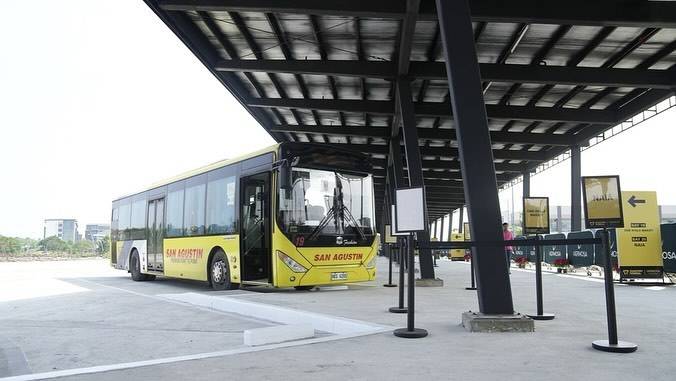
Rising potential for commercial
Colliers believes that the continued dynamism of South Luzon’s property landscape is compelling developers to further explore other projects that will enable them to corner demand from local and foreign businesses.
CALABA’s office and retail segments continue to grow and we see this eventually resulting in greater take-up for commercial lots .
The influx of outsourcing firms in Cavite, Laguna, and Batangas, coupled with a growing population with higher spending power, is seen to boost demand for retail spaces and eventually, commercial lots. Colliers also sees a rising need for institutional facilities, including schools and hospitals, which in turn is likely to lift demand for commercial lots.
Given the region’s constantly evolving market, other segments as well as the micro, small, and medium enterprises (MSMEs) might prop up in the future, which should likewise further boost demand for more commercial lots.
Recovery prospects
Colliers Philippines is seeing tremendous upside potential for South Luzon.
Condominium and even lot-only projects in the region continue to perform well. Despite some challenges in Metro Manila, projects in South Luzon continue to post strong sales velocity, indicating a stable investor and end-user appetite.
Interestingly, the CALABA corridor’s office, residential, commercial, and industrial segments are likely to reap the benefits of South Luzon’s accelerated economic expansion. In our view, the region has solid demand drivers that it can bank on in the near to medium term.
South Luzon is indeed one region where property growth is happening and property developers should take advantage of these gargantuan opportunities.
For feedback, please email joey.bondoc@colliers.com
Prior to joining Colliers in March 2016, Joey worked as a Research Manager for a research and consutancy firm where he handled business, political, and macroeconomic analysis. He took part in a number of consultancy projects with multilateral agencies and provided research support and policy recommendations to key government officials and top executives of MNCs in the Philippines.













